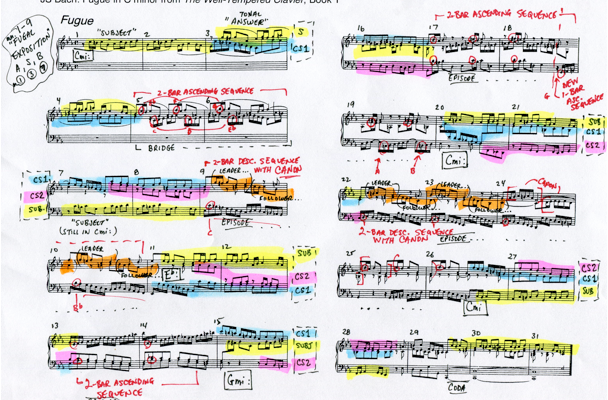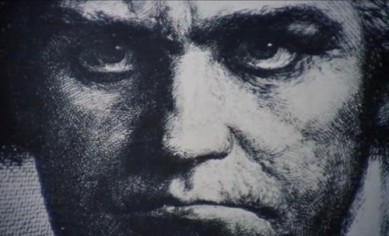This slideshow requires JavaScript.
‘St. Frances of Paola Walking on the Water’
‘Among the numerous miracles of St. Francis of Paola, the legend celebrates that which he performed in crossing the Straits of Messina. The boatmen refused to burden their barque with such an insignificant looking person, but he paying no attention to this, walked across the sea with a firm tread’…Franz Liszt
The story is beautifully captured in Liszt’s music. The calm strength of the opening hymn-like music is throughout the piece pitted against the roaring and crashing of the waves (represented by rushing scales and tremolos), finally emerging victorious in a glorious fortissimo restatement at the end of the piece.
Many of Franz Liszt’s compositions sprang from religious inspirations. In 1863, he composed his 2 Légendes, a duo of programmatic pieces based on the legends of St. Frances of Assisi and St. Frances of Paolo. The work is among Liszt’s forward-looking composition and considered by some to be the roots of Impressionism.
The second piece of the set depicts the legend of St. Frances of Paolo who, not having any money to the fee, was denied passage on a ferry across the Straits of Messina. Mocked by the ferryman, he throws his cloak in the water and stands on it. Using his staff to guide his way across the Straits, St. Frances arrives ahead of the ferry and its passengers. Though this story served as Liszt’s inspiration of the piece, the end result is a magnificent universal depiction of struggle and triumph. The principal theme is announced immediately at the outset in unadorned octaves, and its emphasis upon the key of the mediant minor foreshadows the impending struggles. Stated again in the tonic key of E major above rippling tremolos in the bass, the theme is presented regally and in full glory. However, as the music progresses, the harmonic underpinnings become more violent and clash against the theme. Throughout the middle portion of the piece, the theme is nearly overwhelmed by the torrent of chords and surging chromatic lines. Following the harshest part of the struggle where unrelenting octaves build to their dramatic outcome, the theme returns in and triumphal splendor. Finally, a brief coda turns the mood solemn, like a prayer of thanksgiving. The principal melody then returns for a final statement in the bass and the piece concludes with heroic ascensions through the tonic triad.


























